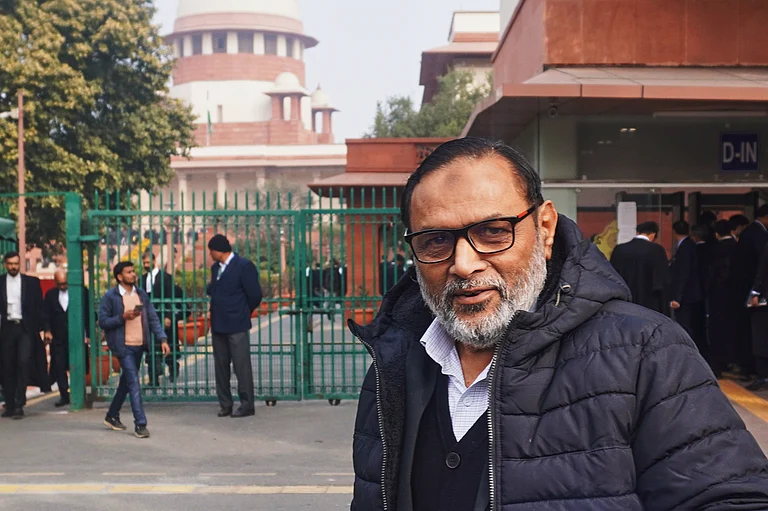It’s nearing the frantic season for business schools. As placement departments get their act together for another season of candidate viewing, the schools start the process of attracting the next set of aspirants.
This year’s Outlook-Drshti ranking of business schools has combined objective data, verified through visits to selected colleges, combined with the largest perceptual survey to date—ratings by over 3,000 students, professors and recruiters. This year, Drshti also used social media posts on institutions for qualitative verification.
IIM-A and C lead the rankings, as they have in the past years. With new infrastructure, Narsee Monjee shows improved scores. SP Jain has pulled in alumni to provide live projects and mentoring for students, strengthening industry links and improving employability and relevance. Many such initiatives are visible—IIM-C has, in conjunction with ISI and IIT Kharagpur, launched a new course focused on big data and analytics.
What makes an institute highly ranked? Recruiters, teachers and students have different expectations from a top school.
Recruiters wish for recruits who are independent, practical and capable of working in teams and adapting to the organisation’s culture. They expect schools to select good students with some work experience, provide them with a thorough theoretical framework allied to an ability for its industry-relevant use. Core faculty expects the institute to provide them opportunities for research and for consulting assignments. Senior visiting faculty expects students to be intelligent, aware and focused. I know CXO level faculty who have stopped teaching in certain schools as they did not believe students were serious.
Students expect good faculty and cases, exposure to industry and senior professionals, with good placements and ROI at the end of it. In addition, the institute should help them develop as social, managerial people.
Given this, a great business school must: 1) Have a good course structure; 2) teach through a combination of theory and practical projects; 3) have a research focus; 4) provide consulting opportunities for faculty and be continuously engaged with industry—developing cases on the way; 5) have strong industry interactions, which result in live projects; 6) quickly adapting courses to the environment; 7) attract strong industry veterans, who can provide perspectives to students; 8) select good students and push them to work hard; 9) have a good placement—desired ROI that meets expectations of students; 10) have a robust alumni network.
Aspirants should note that the economy has slowed, and the market for B-schoolers will be stressed. If you are a candidate for admission, do not blindly go for any B-school—join a school only if you get a decent one. It may be better to look to work for a few years and then join a B-school, as it would make you more employable.
Where should aspirants focus? The choice set of business schools has changed with the advent of the new IIMs (not yet ranked by us). Many ask if they are worth going to. Similar questions were initially asked about IIM Kozhikode and Indore—now top institutes. Even Ranchi (which did not participate in the rankings) and Shillong are rapidly improving. The new IIMs, therefore, will take a few years to take root, but will catch up. They start with many advantages: they are mentored by successful IIMs, have teaching support from faculty, and have academic rigour. Immediately, though, established top schools should offer better placements than some of the new IIMs.
What should be expected from this placement season? Start-ups will rarely be seen, but traditional recruiters will be. The season itself is likely to be tougher than last year, as very few recruiters have delusions of ‘achhe din’. Most organisations have had a challenging 2016-17 (demonetisation) and 2017-18 (GST), and will recruit less. So, if you are graduating from a B-school, expect a stressful placement season.
The years ahead are likely to be better, as systems become used to the GST, and the economy improves with increased government spending. How soon this will happen is a matter for debate—it could be a year, or take two to three years.
(The author is MD, Drshti Strategic Research Services)


























